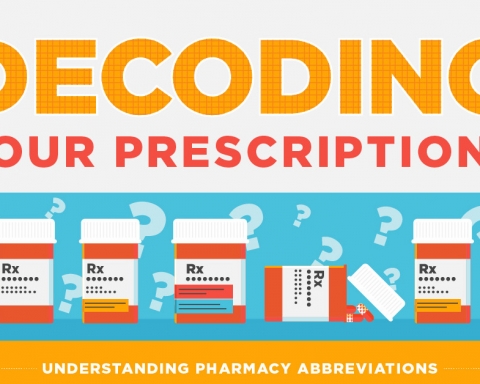For a better understanding of the lifecycle of a drug, consider the following aspects of the afterlives of APIs: where they go and what they do after having served their intended purposes.
Analogous to the practice of pharmacovigilance, the concept of pharmEcovigilance was introduced by Daughton and Ruhoy to extend the range of concerns regarding adverse impacts of drugs to include the environment. In September 2010, the European Parliament adopted amendments to existing pharmacovigilance legislation that serve to extend the realm of conventional pharmacovigilance to encompass environmental concerns.
PharmEcovigilance is the conventional pharmacovigilance idea expanded beyond conventional focus on adverse drug reactions (ADRs) to encompass environmental concerns. It unifies the parallel but interconnected needs for protecting both human and ecological health and represents the idea that human and the ecosystem within which they live are internetly connected.
There are several actions and measures we can implement to reduce active pharmaceutical ingredients (APIs) in the environment and protect human health & safety.
- Unit dosing and trial scripts
- Low-quantity packaging of OTC medications
- Increased monitoring of patient
- Samples and donations
- Reduce incentives for excessive purchasing
- Personalized medicine (e.g., lower doses)
- Reduce polypharmacy
- Lower doses via non-racemic APIs
- Environmental assessments of newly designed drugs
- Prescribers to account for possible environmental impact
- Widespread implementation of sustainable take-back programs
- Improved record keeping of disposed pharmaceuticals by institutions
The ultimate objectives are no leftover drugs. The long-term focus should not be how to properly dispose of drugs but rather how to minimize, and ultimately eliminate the creation of drug waste.
Reference: Daughton CG and Ruhoy IS “The Afterlife of Drugs and the Role of PharmEcovigilance,” Drug Safety, 2008, 31(12):1069-1082; doi: 10.2165/0002018-200831120-00004.







